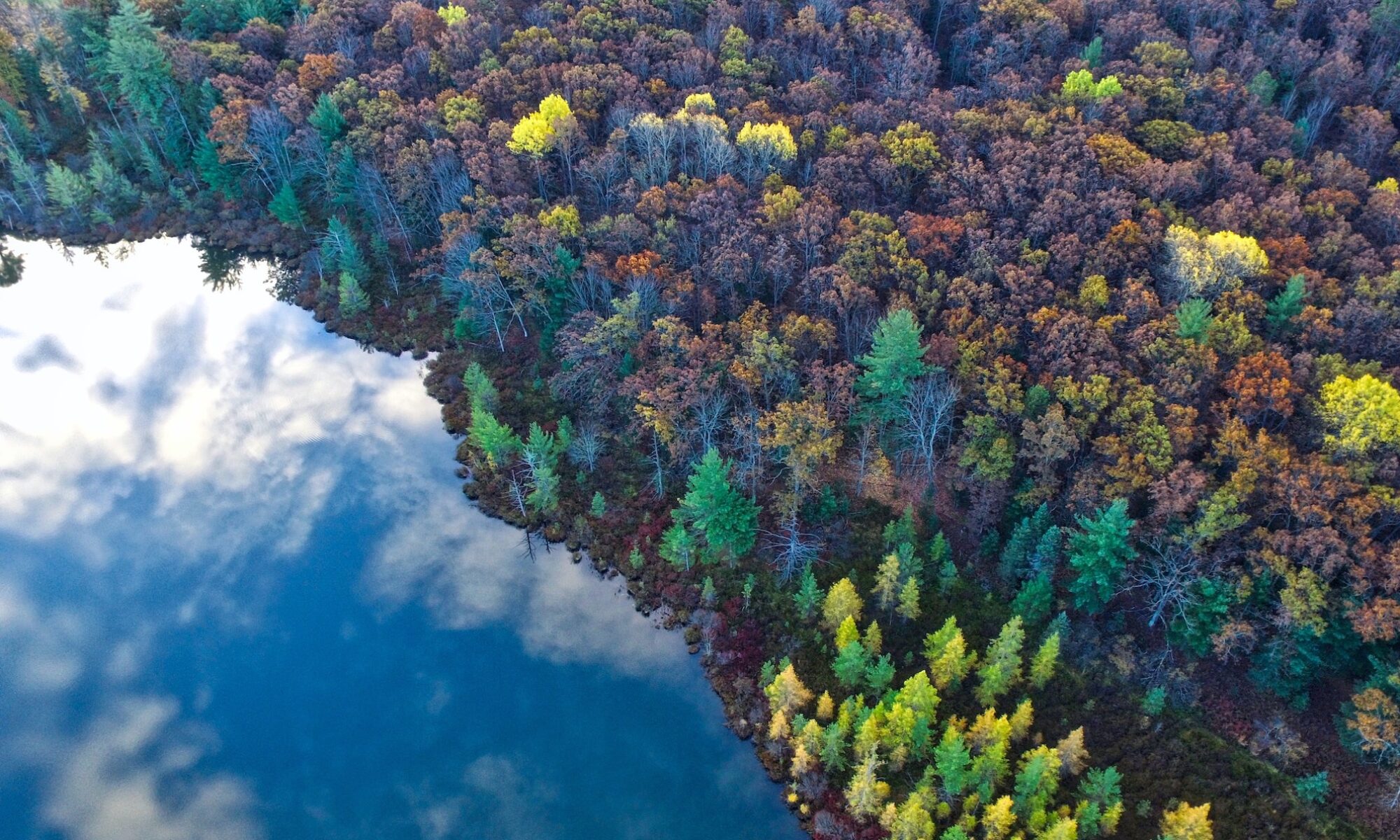Date: 15 March 2022
Court: Federal Court of Australia (intermediate appellate court)
Citation(s): Minister for the Environment v Sharma [2022] FCAFC 35
Short summary
In May 2021, The Australian Federal Court found that the Federal Environment Minister has a novel duty of care to prevent harm to young people as a result of climate change. After the Australian government’s appeal, the Full Federal Court now unanimously holds that the Minister for Environment of Australia does not owe a duty of care to Australian children to avoid causing personal injury or death.
Summary by: Nicole Gasmen
Click here to open the case in PDF format
Weight of decision
This decision sets aside orders 1 and 3 in Sharma by her litigation representative Sister Marie Brigid Arthur v. Minister for the Environment [2021] FCA 560. It is binding in Australia courts.
Key facts
See: https://legal.earthrefuge.org/sharma-v-minister-for-the-environment/
Previous instances
In July 2021, the Federal Court of Australia held that the Australian Minister for Environment owed a novel duty of care to Australian children under the Environment Protection and Biodiversity Conservation Act of 1999 (EPBC Act).
This duty required the minister to take reasonable care to avoid causing personal injury or death to all Australian children at the time of the proceeding via the carbon dioxide emissions of the Vickery Extension coal project. The minister appealed the decision, and the Full Federal Court heard the appeal in October 2021.
Summary of holding
- The Full Federal Court held unanimously (Chief Justice Allsop, Justice Beach, and Justice Wheelahan) that the novel duty of care to avoid causing personal injury or death should not be imposed on the Minister for Environment. Each justice wrote separately.
- Chief Justice Allsop reasoned that the duty of care should not be imposed because:
- The character of this matter is not appropriate for the judiciary; it should be left to lawmakers. (¶¶ 248-253)
- The duty of care was inconsistent with the EPBC Act because it is not primarily concerned with the protection of the environment or response to global warming. (¶ 101)
- The Minister of Environment lacks control over the harm of climate change and of climate-related disasters such as brushfires and heatwaves. Due to the lack of determinacy of the direct cause of these climate events, the Minister lacks liability for damages caused by such brushfires, heatwaves, and rising sea levels, not to mention damages ongoing into the future. (¶¶ 341-343) Further, the children who brought the case lack legal special vulnerability. (¶¶ 338-341)
- Justice Beach reasoned that the duty of care should not be imposed because:
- “There is not sufficient closeness and directness between the Minister’s exercise of statutory power and the likely risk of harm to the respondents and the class they represent.” (¶¶ 362-363)
- Imposing a duty would result in indeterminate liability. (¶ 702)
Continued on the next page…

